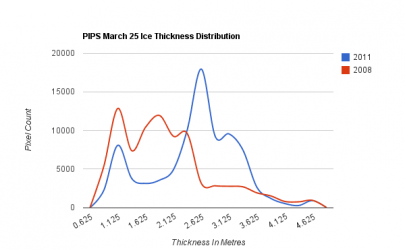Can't handle the truth at all, can you, BiPolar.
How did You get so screwed up?
You don`t even live in the real world any more and have become totally socially dysfunctional...You are not retired and claim in Your profile You are a millwright in Seattle...or did You change that recently..
and yet You sit all day long in front of Your PC and Google garbage for Your posts here.
I`m retired, yet I don`t just sit all day long in front of a PC and try find out about the WORLD from Google.
Sometimes though I don`t have anything better to do, like today for example...
Outside everything is still snow and ice...so my friends in Germany and I, e-mail each other little videos...
My plan for this afternoon was to "spring clean" the house...but then as it turned out my wife and Melvin`s wife (the cook from CFS Alert) had all that arranged already behind my back...
Now if You`ld "research" Canadian Indians on Google You get all sorts of crap...none of it matches up with REAL WORLD Indians, no more than what You Google regurgitate about Canada`s arctic...:
[ame="http://www.youtube.com/watch?v=fEyoKBgNVKc"]http://www.youtube.com/watch?v=fEyoKBgNVKc[/ame]
Fuck get off Your armchair and taste the real world, it`s not nearly as ugly as the Google picture You use as a substitute!
It`s the exact opposite
I`m not an expert and never have qualified as a judge in a beauty contest, but that`s what I believe
Come visit me some day, I won`t bite and neither would Cheyenne....My "all guests are welcome" picture below is for climate change "experts",...not the fools who believe them...but don`t forget to bring long johns, woolen socks and a parka
You probably "Google earthed" my back yard and will tell me I`m a liar, because it showed no snow and ice...
Well today was March 29...I don`t know what Google has You seeing in my yard, but the facts on the ground looked like this, "the truth I can`t handle" as You put it
[ame="http://www.youtube.com/watch?v=FbXxYzjuLY4"]http://www.youtube.com/watch?v=FbXxYzjuLY4[/ame]
Maybe You should get a "Google Earth account" with the CIA, they can zoom in a lot better in "real time mode"so You can keep a better eye on me and what REALLY goes on in my back yard
I`m trying all sorts of things to melt this shit in my yard...maybe they weren`t hot enough?
Could You handle my real world?
Last edited:












